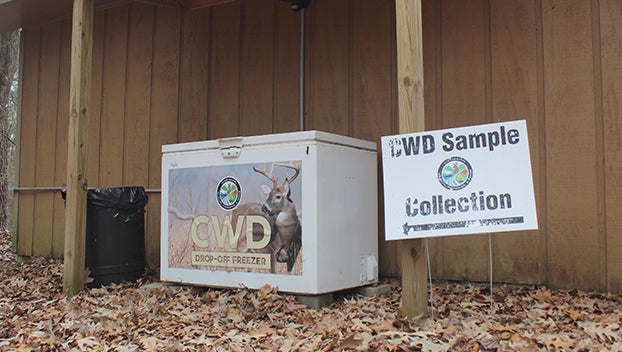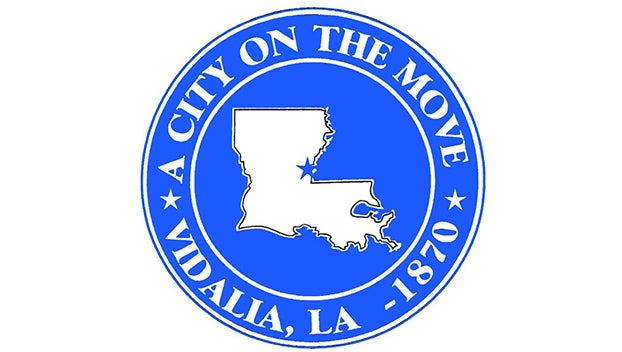Officials request residents know which items can be recycled
Published 12:01 am Thursday, May 7, 2015

DaLarren White, a Waste Pro employee, picks up recyclable materials at Frazier Elementary School Wednesday morning. The school has two large recycling tubs that were filled with shredded paper, cardboard boxes and other recyclables. (Mary Kathryn Carpenter / The Natchez Democrat)
By Mary Kathryn Carpenter
NATCHEZ — Recycle or not to recycle?
That is the question Concordia Metals Recycling Coordinator Jim Smith wishes Miss-Lou recyclers would ask themselves before throwing that yogurt tub or plastic bag in their blue recyclables bin.
“When in doubt, throw it out,” Smith said. “We appreciate everyone who recycles, but it is important to recycle the right way.”
Recycling the right way can be difficult and it is important to only send in materials that can be recycled by Concordia Metals, Smith said.
The recycling program in Natchez and Vidalia, which has been in operation for about two years, is offered through a contract with Concordia Metals Inc.
The cost of the program is almost completely covered by a $317,162 Mississippi Department of Environmental Quality regional cooperative recycling grant, according to Natchez Community Development Director James Johnston.
Concordia Metals does not make a profit by participating in the program, Smith said.
“This is not a money making operation,” Smith said. “It is more like good will for the community.”
The easiest way to keep the local program running smoothly is to be sure to stick to the list of recyclable materials including plastics, such as water or soda bottles; paper and cardboard; and metals, such as aluminum or soup cans.
Currently, six to eight people are in charge of removing trash materials from recyclable materials.
“We don’t have any automated equipment,” Smith said. “We have a conveyor system and different chutes for different material. All the trash and unrecyclable material go into a dumpster.”
Despite a little confusion on what can and cannot be recycled, Smith said Miss-Lou residents are doing a decent job keeping trash out of their curbside recycling bins.
“For the most part, the material turned in is good to recycle,” Smith said. “It is less that 1.5 to 2 percent trash. In the curbside program people are keeping it straight.”
Smith is also impressed with the consistency of participation in the two-year-old program.
“Initial participation was between 18 and 22 percent,” Smith said. “Based on the volume we’ve been getting, it’s been pretty steady.”
All in all, Smith is happy with the program’s progress and looks for it to grow in the future.
“There are a lot of things that can be done on many different levels to make this program a success,” Smith said. “We’ve gotten started and the program is strong. The next step will probably be in 2017 when the contracts are up for renewal.”






